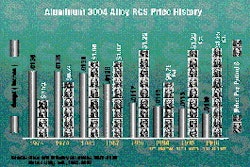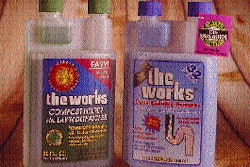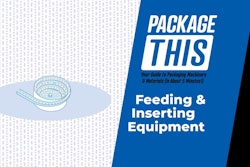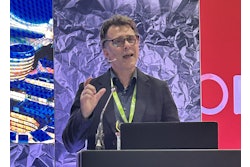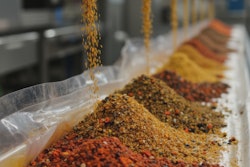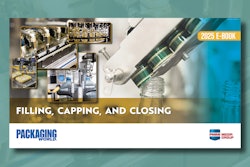That was the question that generated the most controversy at a waste prevention discussion sponsored in late May by Harper's Magazine.
The Harper's Forum was held in Washington, and featured J. Winston Porter of the Waste Policy Center, Marsha Rhea, executive director of the National Recycling Coalition, and Robert Lilienfeld, editor of the newsletter, ULS (Use Less Stuff). The Forum was co-sponsored by the Am- erican Plastics Council.
Some 23 to 24% of municipal waste is recycled today, reports Porter, but he sees recycling topping out at about 30%. In part, that's due to competition between source reduction and recycling. The "tension" developing between these two means of preventing waste will "mitigate against getting recycling goals higher" than about 30%. Besides, Porter says about 25% of municipal trash simply can't be efficiently recycled (kitty litter, food scraps, dirt and worn out toasters are examples).
Most packaging, Porter says, has decreased in weight by 20 to 30% in the last decade. So these materials may be less attractive to recycle because reduced weights mean reduced value to recyclers.
Not surprisingly, Marsha Rhea didn't agree. She reported that paper companies have now spent $10 billion in new capacity for recycled paper, and she related energy savings that she feels will drive increased recycling (13% savings for glass companies using cullet). Lilienfeld noted that packaging now represents about 33% of municipal waste, compared to about 50% in 1975. But if you measure energy, he says that 40% of U.S. industrial energy is consumed by packaging producers: glass, aluminum, steel, plastics and paper.
Harper's publisher John R. "Rick" MacArthur asked whether the creation of a Packaging Efficiency Index might be a helpful way to examine the best packaging materials. Although Lilienfeld didn't specifically sign on, he did offer some comparisons. For example, he reports that the aseptic juice box represented 4% packaging and 96% product. In comparison, juices in glass were 30% packaging and 70% product, by weight. Further, he said, the U.S. could save a full 1% of municipal trash, 210 million lb/yr, if large glass bottles for juice were replaced by juice concentrates.


